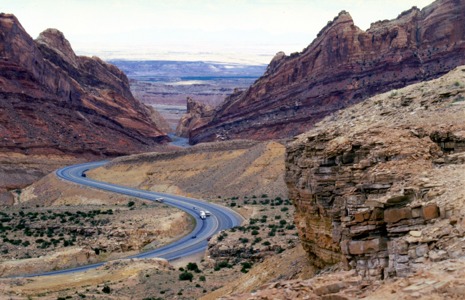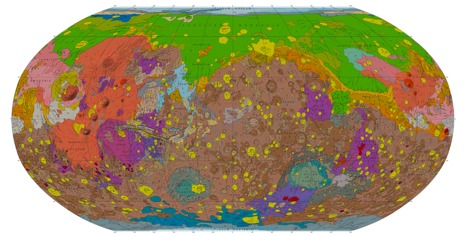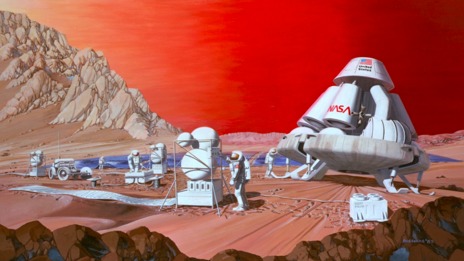Mars Desert Research Station: Another World in Southern Utah

Southern Utah’s dry, reddish, and rocky landscape can look like something otherworldly. For those who dream of a future colony on Mars, it’s the perfect place to simulate the hardships and challenges that await the pioneers who are brave enough to create mankind’s second home on a neighboring planet.
Buzz Aldrin, the second man to set foot on the moon during the Apollo 11 mission, hopes that humanity will now set its sight on Mars. “Mars is there,” Aldrin has said, “waiting to be reached.” Currently, Elon Musk’s SpaceX is working to decrease the “risk of human extinction” by establishing a human colony on the red planet. Musk is hoping for unmanned and manned Mars landings in the 2020s. Mars One, a private Dutch organization, plans to permanently colonize Mars by 2032. Nevertheless, scientists need to work in simulated colonies on Earth before installing real colonies on Mars. Seven miles northwest of Hanksville, Utah, at the Mars Desert Research Station (MDRS), scientists are preparing for humanity’s next giant leap.
The Mars Desert Research Station (MDRS) was built in 2001 on southern Utah’s San Rafael Swell, a geologic feature that was used as the setting of the fictional planet Vulcan in J. J. Abrams’s 2009 film Star Trek. MDRS is the second Mars habitat, built shortly after the Flashline Mars Arctic Research Station was established in Canada’s Arctic territory in 2000. The Mars Society, which owns and operates the stations, has plans to build two subsequent stations: one in Iceland (EuroMARS) and one in Australia (MARS-Oz). MDRS’s goals include training researchers how to work in spacesuits, test habitat design features, and follow protocol. More than 181 crews of six-person teams have “lived in two-week field visits at MDRS to simulate life on the Martian surface.” In September 2016, crewmembers from France, Japan, Russia, India, Australia, and Canada began an eighty-day mission at MDRS. Although southern Utah can seem like an uninhabited place, some of the brightest minds in the world travel to the region in the name of science and progress.
In March 2017, President Trump signed a bill that reiterated NASA's plan to send people to orbit Mars in the 2030s. The United States government wants to keep up with the private sector to prepare Mars as “a necessary Plan B—a place to go if, or when, Earth is no longer habitable.” Although the Mars Society is not affiliated with NASA, humanity might need all the help it can get. MDRS continues to train young scientists and engineers who might actually visit the Red Planet one day soon. According to the Mars Society’s website, MDRS annual field seasons run from October to May. Anyone can apply to be on a crew, and volunteers are needed to help with the project.
Images


